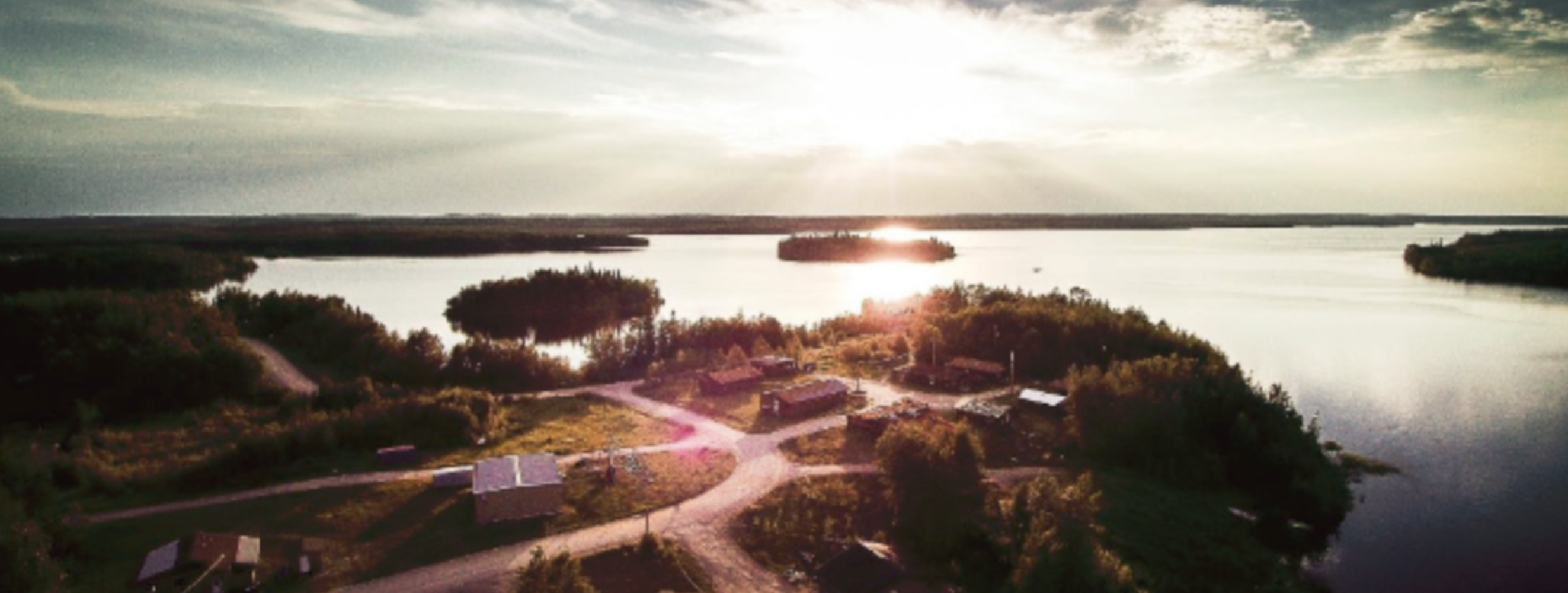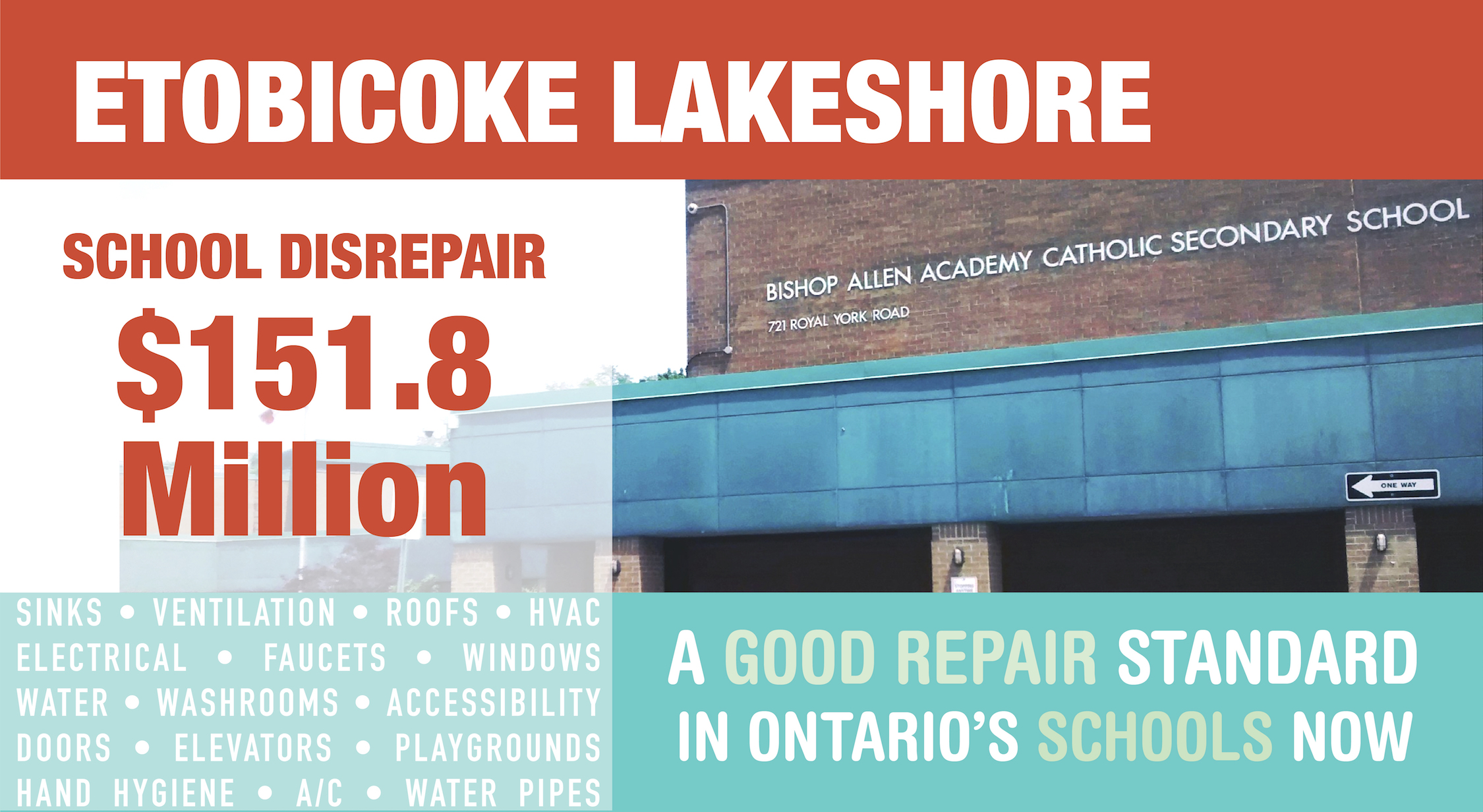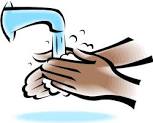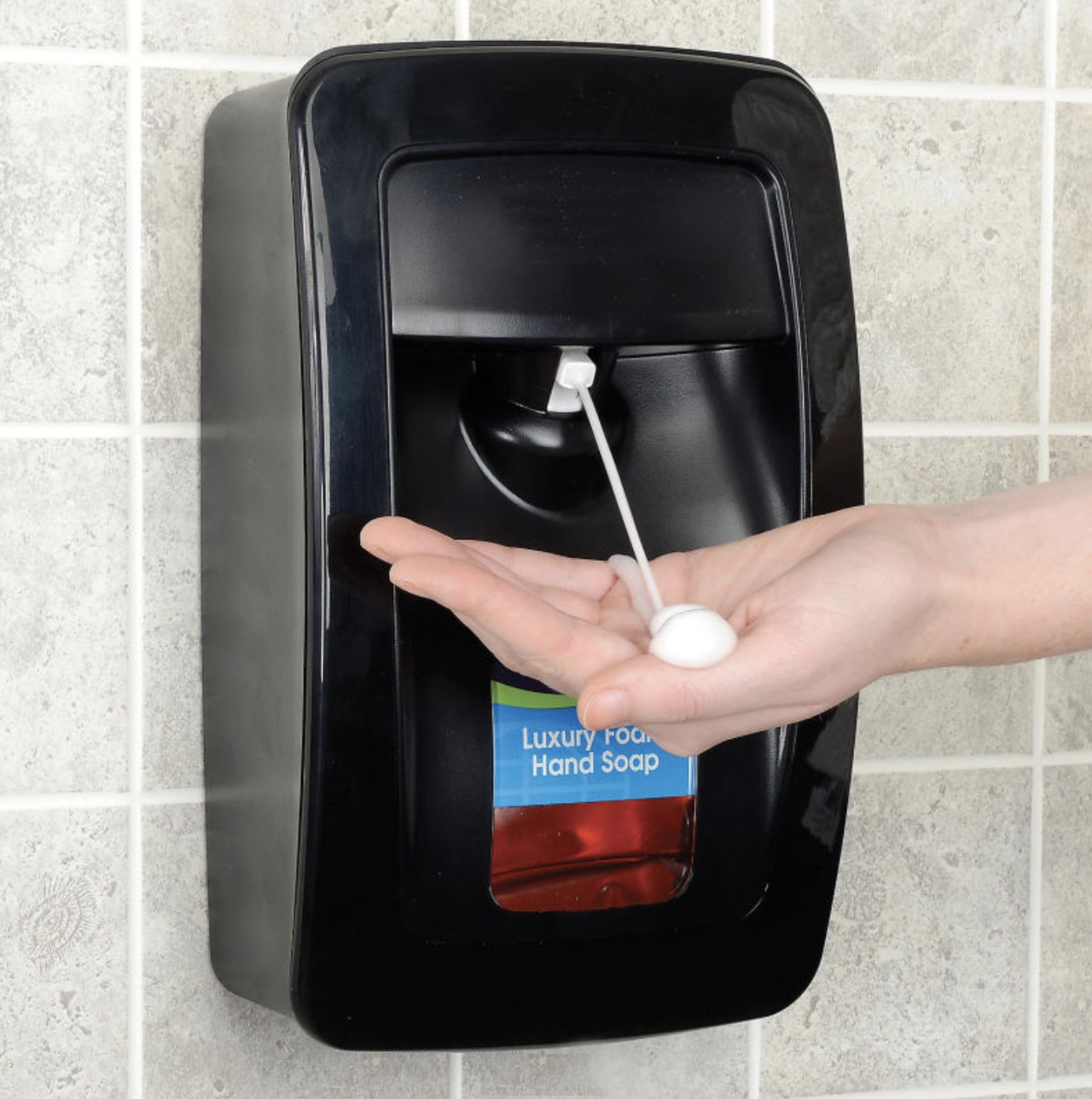Fix Our Schools was copied on this letter to Premier Ford, Minister Lecce, Minister Elliott, and Dr. Williams from a group of elementary school parents who live in Toronto and who are advocating for a full-time return to school in September. Fix Our Schools has bolded the recommendations from parents that pertain specifically to school infrastructure, the focus of our campaign, but wanted to share their letter in its entirety, as Ontario families consider what back to school will look like in September.
Dear Premier Ford, Minister Lecce, Minister Elliott, Dr. Williams and trusted officials,
We want to share the many ideas we have about a safe return-to-school for elementary students for the 2020-2021 school year (note that we are not ignoring high schools; we simply don’t have enough experience to offer ideas).
We want life to return to normal, but we are not naïve enough to believe that that is possible yet. However, we do not believe that the hybrid plan that is being encouraged is the safest decision either. If it is not safe to open schools, then do not. However, if it is safe to return part-time with 15 students/class, then it is SAFER to return to school FULL-TIME with 15 kids/class.
We are concerned about where all these kids will be the days they are not in school. We know they cannot all be at home safe and sound and that many, if not most of them, will require childcare arrangements. That is taking a cohort of 15 students and expanding it possibly into 120 other contacts in childcare alone. This is simply not an acceptable plan. It’s not the safe route. It WILL lead to a greater spread of COVID-19 and it will cost the healthcare system and our economy greatly.
We would like to outline a plan to give these kids a sense of normalcy while remaining safe. It is not free. It will require short-term investment. Considering EQAO has been canceled for 2 years we should be saving a lot of money right there that could be moved into the education budget.
1. Keep the children in one daily cohort, not several a week, by returning to school at 5 days/week. If school is safe part-time, then it is certainly safer full-time.
2. Planning-time teachers would have to go to the classroom, not the students to the teacher. Each planning teacher would be restricted to a cohort, and not the whole school. Not ideal, but safer. Classroom teachers would spend their planning time in a cohorted work room or staff room, under safety measures.
3. Fire codes would need to be relaxed so that high traffic doorways always stay open (main office, stairwells, washrooms, copy rooms etc.).
4. When going out for recess one student or teacher holds the door open until everyone in their cohort exits. This should be done from the back of the door so that the person holding the door is not being passed by everyone. This could be avoided if the doors can lock open.
5. Install touch-free hand sanitizing stations at all entryways and classroom doors.
6. Convert all drinking fountains into touchless water bottle refilling stations. As this would be costly, start by making sure every school has at least one.
7. Assign dedicated eLearning teachers for each grade from Board level, not school level, within a manageable ratio. Classroom teachers focus on their class. eLearning teachers focus on QUALITY, effective e-learning. This is also an excellent option for teachers who are immunocompromised who are not ready to go back into schools. Their positions in the schools, if required, are filled by LTOs so they do not lose their positions.
8. Families would have the option to continue 100% e-learning from home. Dedicate a principal or superintendent to supervise the e-learning program. Devices would be loaned from the homeschool, if necessary. Students wishing to return to the classroom would be required to give at least a week’s notice.
9. The Ministry of Education needs to fund the Boards so that empty school buildings and classrooms (where suitable) can be reopened to allow for student/staff distancing and/or the addition of portables where possible. Smaller class sizes every day. Use spaces like libraries for classrooms since it is unlikely ‘library’ would be happening for the time being. For example, core French rooms are now classrooms and those teachers will travel to their students, same as planning time teachers.
10. School should resume as normal as possible for students, as per the Sick Kids and Canadian Pediatric Society recommendations. Many studies from other nations have shown that the risk to children is lower. We still need to protect staff, which is why cohorts are important and not putting students in a situation where they require childcare.
11. The first few weeks back should be dedicated to assessing where students are in their learning and how to fill the gaps brought on by so many months of missed classroom time.
12. Staff should be able to wear appropriate PPE as per their comfort in the classroom (not mandatory). Washable/reusable cloth masks, face shields, gloves etc. Whatever makes them feel safe. Same rules apply to students. Where possible, teachers should wear clear masks for kinder, primary and special needs students so that their facial expressions are conveyed. These are not expensive items.
13. Washable cloth masks should be worn by any students or teachers when leaving the classroom/cohorted area where they may pass other students not part of their cohort. Some students would be fine with this and others would not, therefore possibly only a handful of students could do classroom errands in the school, like taking attendance to the office.
14. Better yet, switch all attendance to electronic methods and email to the secretary from the classroom to reduce students in the hallways and in the school office.
15. The return of indoor physical education should follow the recommendations of local health authorities. Phys. Ed. should take place outdoors whenever possible with appropriate distancing guidelines. Students should not have to wear masks during physical activity but maintain space between each other.
16. Assemblies of any sort should be done via video link and watched in classrooms.
17. Washrooms and hallways should be restricted to cohorts where possible. If a school has 4 student washrooms there should be at least 4 cohorts.
18. Staff rooms must be reduced in capacity with 2m distance between staff outside of the same cohort. Using office dividers of some sort would be helpful. Tables in staff rooms should be used only by staff in the same cohort.
19. Outdoor recess should not be restricted other than safety measures for re-entering the school as mentioned above (door held/locked open, sanitizing stations, cohorted hallways).
20. Outdoor classrooms and outdoor learning opportunities (like physical education) should be implemented whenever possible.
21. Schools with outdated ventilation should be upgraded, which should be done regardless. Windows which barely open do not provide proper ventilation.
22. Parents and guardians will have restricted access to the school office and must wear a mask and sanitize hands before entering the school.
23. School offices should install a Plexiglas barrier to separate the entrance area from the staff in the open office to protect them from the office traffic.
24. Each office should have a restricted number of guests at once (whether teachers, students, parents/guardians, etc.) based on the ability/space allowable to remain distanced from one another.
25. All furniture in shared areas should be made of materials that are easily cleaned (not soft or porous).
26. Elementary schools must maintain continued student safety measures for student pick up and drop off procedures. Students may be released from school slower than in the past by allowing one class outside before the next class enters the hallway to go outside. Patience.
27. School bus drivers will need to sanitize high-touch areas between every run (not twice daily as currently planned). Rails/handles, seats backs and tops. If routes can maintain cohorts that would be ideal. Students who do not NEED bussing should be encouraged not to use it at this time but be able to return to bussing when they require it.
28. Before & after school care could possibly be done in the gym/stage/other open area since they are unlikely to be used for the time being. Maintain cohorts from classes where possible. Divide gym using easy-to-clean dividers. Furniture used should be easy to clean and done so before/after each care period.
29. Poll all registered students (and staff) on if they want to go back to full-time or continue home eLearning no later than July 15th. This will allow adequate numbers for planning and staffing.
30. And the most crucial piece of the reopening puzzle — hire more custodians, even if just temporary 1-year contracts. The custodians will need to make sure there are always proper soap and supplies in washrooms (it is sad that I have to say this, but sadly this is reality for our students). Special attention will need to be paid to high traffic areas, door knobs etc. Older students should be responsible for cleaning their own space daily since this virus does not require heavy-duty disinfectants to kill it.
We sincerely hope that you take these ideas into account. We know they require investment and planning, and we believe our students deserve it. They need education and they need as much normalcy as they can get to maintain mental health. For many students, school is their only safe place. So, let us follow science and invest what we need to to do this right. Our students deserve and have a right to an education.
This is a time for investment, creativity, and teamwork. Together, we can all make a full 5-day return to school possible and safe for our students, our teachers, our families, and our economy.
Sincerely, — A group of parents presenting recommendations for a safe return to school, full-time.




